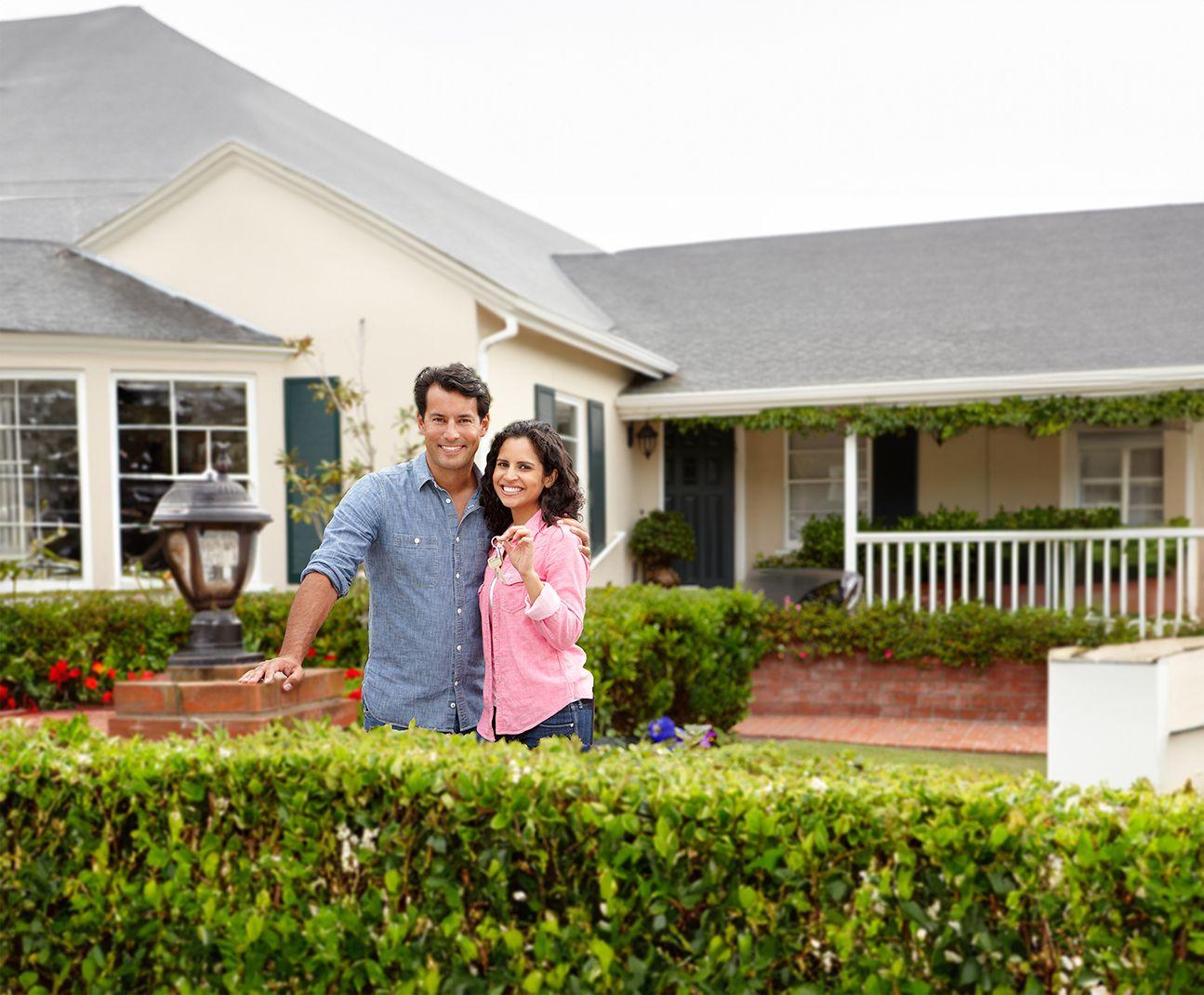You probably know at least a little about buying or selling a home and the inspections that go with it. But if you’re buying or selling in the near future, especially if it’s your first time, you might be concerned about how much a home inspection can cost.
The truth is that costs vary in different parts of the country. If the home is in a big city, prices will be higher than in a small town. Average home inspection costs also differ according to common issues in your area (such a radon or mold), plus the home’s size, age, and specific features. That said, knowing the costs upfront can help you budget effectively and make informed decisions.
In this article, we’ll cover typical home inspection costs in the U.S. and the factors that influence those prices. We’ll also discuss types of inspection services and how to get the best value for your money.
What’s Included in a Home Inspection?

Home inspection companies differ in their services and prices, but most offer a standard home inspection that includes the following:
- HVAC (heating, ventilation, and air conditioning)
- Plumbing systems
- Interior areas, including attics and basements or crawl spaces
- Exterior features, such as the roof, gutters, and siding
- Electrical panels and outlets
- Major appliances
- Water heaters
Depending on the type of home and the region, many companies also inspect septic systems, wells, drainage, chimneys, and other elements that aren’t usually included in a standard inspection.
Factors That Affect Home Inspection Costs
In real estate, it’s all about location, location, location. The same applies to home inspections, and the details can affect home inspection costs.
- Location: Prices vary by region. In major metropolitan areas, home inspection costs are generally higher. Small towns and rural areas tend to have lower inspection fees.
- Region: Recommended tests vary. For example, if you live in Alaska, you won’t need a termite inspection because termites don’t live in Alaska. However, Alaska has the highest radon levels of any state, so including a radon test adds to the cost.
- Home size and square footage: Larger homes require more time to inspect. That means higher fees.
- Type of home: Homes with unique features, such as steeply sloped roofs, may cost more because they require more time and safety equipment or a drone roof inspection.
- Age and condition of the home: Older homes often require more extensive inspections due to potential structural issues, outdated electrical and plumbing systems, or hazardous materials like lead or asbestos.
- Inspector experience and certification: Although experienced, certified inspectors may charge more, their expertise ensures a thorough, accurate assessment.
An unbiased inspection of a home’s condition helps buyers make an informed decision. Both buyers and sellers avoid surprises and gain peace of mind. It’s a small price compared to expensive repairs later or deals that don’t close.
Average Cost of a Home Inspection
Did you know that most home buyers choose to get a home inspection? Only 14% of home buyers pass up the opportunity to have their potential new home inspected by a professional home inspector.
The average home inspection costs around $343. However, prices can range from $200 to $500 and up. For example, in Los Angeles and San Fransisco, the typical home inspection cost can be as high as $700. In New York City, you might pay $1000 for an apartment or townhouse inspection and even more, depending on the square footage, neighborhood, and luxury features.
Here’s what you can generally expect:
- Smaller homes (under 1,000 sq. ft.): $250–$400
- Average-sized homes (1,500–2,500 sq. ft.): $350–$550
- Larger homes (over 3,000 sq. ft.): $600–$800+
Some home inspectors base their prices on square footage, typically between $0.15 and $0.30. Home inspection costs per square foot are more precise but about the same as other pricing methods.
Specialized Home Inspection Tests

In addition to a general home inspection, you might need certain specialized inspections. For example, if you live in a hurricane-prone area, such as Florida or the Gulf Coast, you’ll need a wind mitigation inspection to assess the structure’s ability to withstand high winds and storm surges.
Some homes in regions with a high water table or substantial rainfall may benefit from a septic inspection and a well flow test to assess water quality. In termite-prone areas, pest inspections are a high priority, even with no apparent signs of damage. Older homes can have hidden structural damage from a previous infestation, which could mean expensive repairs later.
Radon testing detects potentially harmful exposure levels, especially in areas where radon is prevalent, such as parts of the Northeast and Midwest. In addition, an infrared (IR) scan can detect hidden water leaks and moisture, which can cause damage and mold growth.
The costs for specialized tests vary widely, so it’s best to check prices with local home inspection companies. However, knowing which inspections you need can help avoid unexpected repair costs and ensure your home meets safety and health standards.
Types of Home Inspections and Who Pays for Them
Different types of home inspections serve various purposes. Understanding which one applies to your situation can help you prepare for the cost.
Buyer’s Inspection
The most common type is a buyer’s home inspection, which the buyer pays for before finalizing a home purchase. The inspection helps identify potential problems before closing so buyers can request seller concessions or walk away, depending on purchase agreement terms. A buyer’s inspection provides peace of mind by ensuring the property is in good condition before making a financial commitment.
Pre-Listing (Seller’s) Inspection
Sellers can order a home inspection before listing a home to identify issues that could derail a sale. By addressing problems in advance, sellers can avoid last-minute surprises, increase buyer confidence, and potentially sell faster for a better price.
New Construction Inspection
Even brand-new homes can have defects. In fact, over 50% of new build home buyers find defects after moving in. A new construction inspection ensures the house is built with quality and care and is truly move-in ready. Inspectors look for any issues that can and should be fixed by the builder before the buyer takes ownership of the house.
Tips for Getting the Best Value on a Home Inspection
Before booking a home inspection, take some time to learn what a standard inspection includes in your area. Knowing what’s covered and what’s not will help you ask the right questions and avoid unnecessary add-ons.
To get the best price and value, keep these tips in mind:
- Compare quotes: Reach out to multiple inspectors and get estimates.
- Check credentials: Choose a licensed, certified professional with experience, high ratings and lots of positive reviews.
- Clarify inclusions: Ask for a detailed list of what the inspection covers and which services cost extra. In most cases the more that’s included, the better the value!
- Ask about bundling services: Some inspectors offer discounts if you schedule multiple specialized tests, such as radon, mold, and sewer scope.
- Consult a pro: If you’re working with a real estate agent, ask them if they recommend any inspectors, can suggest any specific inspections, or help you interpret the inspection report.
Even if a home looks great, hidden issues may exist. Understanding your inspection needs, asking the right questions, and choosing a qualified inspector can give you peace of mind and may save you money later on.
Conclusion
Understanding home inspection costs helps you choose the right provider and know what to expect. While prices vary, a professional inspection can save you thousands in surprise repairs and help you make informed decisions whether you’re buying or selling a home.
WIN Home Inspection is a trusted partner for homeowners, buyers and sellers across the U.S. With over 30 years of experience, WIN combines advanced tools like infrared scanning and drone technology with a personal, client-focused approach. Plus, WIN home inspectors understand the unique conditions in your area and are committed to helping you feel confident about your new investment.
From flexible scheduling to easy-to-understand reports delivered within 24 hours, WIN offers local expertise and post-inspection support to help you plan for maintenance, negotiate repairs, and protect your future.
If you’re looking for a trusted home inspection provider, WIN Home Inspection offers comprehensive services to help home sellers, buyers, and real estate professionals make confident decisions. Get in touch!
FAQs About Home Inspection Costs
How much does a home inspection cost on average?
The average home inspection cost is around $343. However, depending on location, home size, features, and whether you need specialized inspections beyond the standard package, costs can range from $200 to $500 and up.
Is the home inspection fee negotiable?
Inspectors sometimes offer discounts for bundled services or referrals, but most have fixed pricing structures.
Who pays for a home inspection, the buyer or the seller?
The buyer usually pays for the inspection as part of their due diligence. However, sellers may order a pre-listing inspection to identify potential issues beforehand.
What happens if a home inspection reveals major issues?
If the inspection uncovers significant problems, buyers can negotiate repairs with the seller or request a lower price. Depending on the terms of their purchase agreement, they can also walk away from the deal.
Get the Latest Insights!
Sign up to stay up to date with latest tips, trends and updates from WIN.













